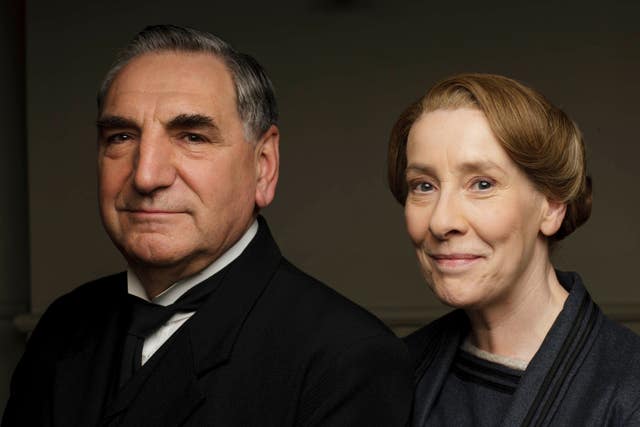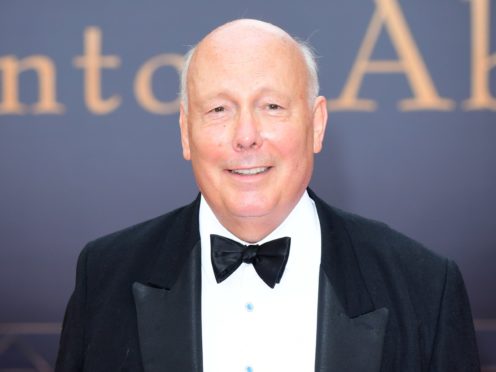Julian Fellowes has said that he gave Mr Carson a tremor in the final episode of Downton Abbey in an attempt to dispel myths surrounding the condition.
The screenwriter, best known for his work on Downton Abbey and Belgravia, lives with an essential tremor, a nerve disorder characterised by uncontrollable shaking.
Fellowes said he wrote the scene, in which Mr Carson, played by Jim Carter, struggles to pour a bottle of wine, because he wanted to “get it out there”.

But he said many people missed the point and assumed Mr Carson was suffering from Parkinson’s disease.
Appearing on ITV’s Lorraine on Thursday to discuss living with the condition, Fellowes said: “It is a question of getting it out there.
“That’s why on Downton in the last episode of the final series we gave Carson an essential tremor, so he couldn’t pour the wine.
“Even then the newspapers referred to it as Parkinson’s because they didn’t know it was a tremor.”
He said he wanted to raise awareness of the condition to avoid the public confusing the two.

“Nobody talks about it but also nobody’s ever heard of it,” he added.
“It’s called an essential tremor and as you can see my hands are shaking.
“It gets better and worse, worse in the morning. Actually it’s better when you’ve had a drink which is an interesting detail.”
He urged people suffering from a tremor to visit the doctor, adding that he had been prescribed pills which worked for half those with the condition, although they did not for him.
He said: “What I’m anxious to do is get it out there.
“So when people have a shake that is unexplained to them and they’re possibly panicking that it’s Parkinson’s, I would just say to them please go to the doctor.
“The truth is you are eight times more likely to be suffering from an essential tremor than Parkinson’s.
“It doesn’t kill you. It doesn’t hurt. It’s a nuisance. It’s tiresome. But there are plenty of things that are worse in the world that people have to put up with.”
Fellowes admitted that at the start he was “in denial” and blamed his shaking on a lack of sleep and too much coffee.
He said he became more open about his diagnosis after his wife Emma warned that people would think he was “either drunk of terrified”.
Fellowes also addressed whether there would be a sequel to the Downton Abbey film, saying: “I’ll do me best, gov”.
